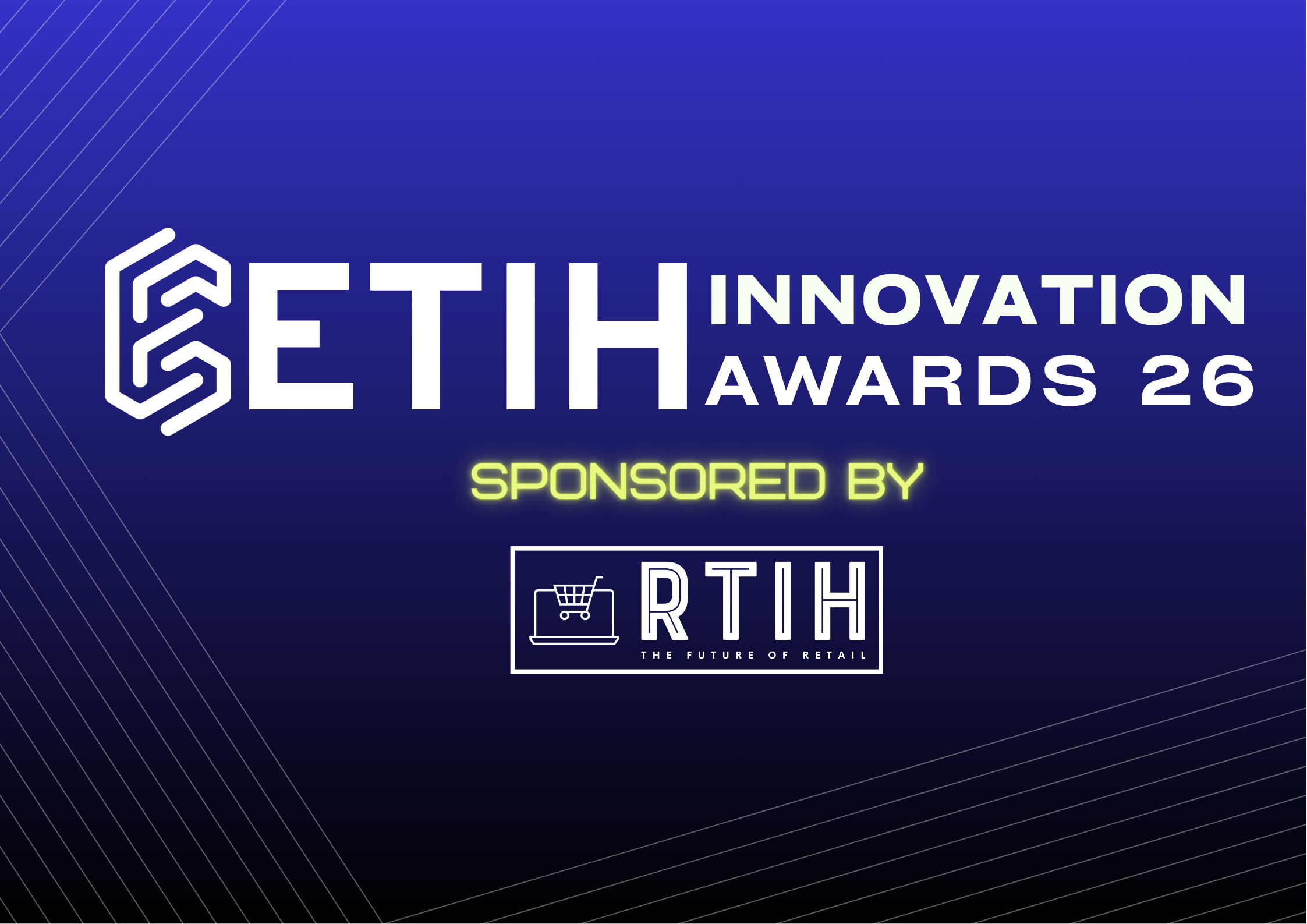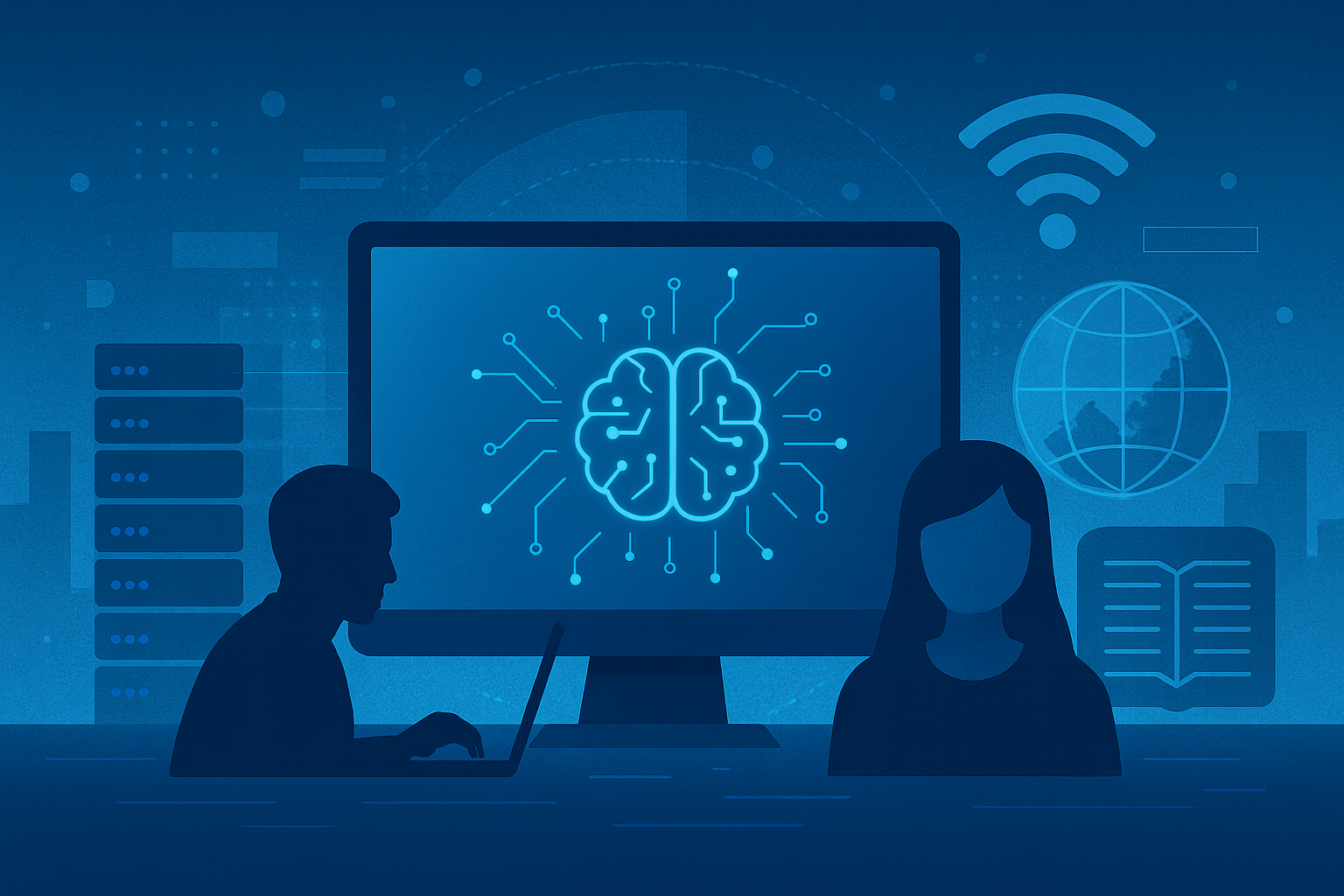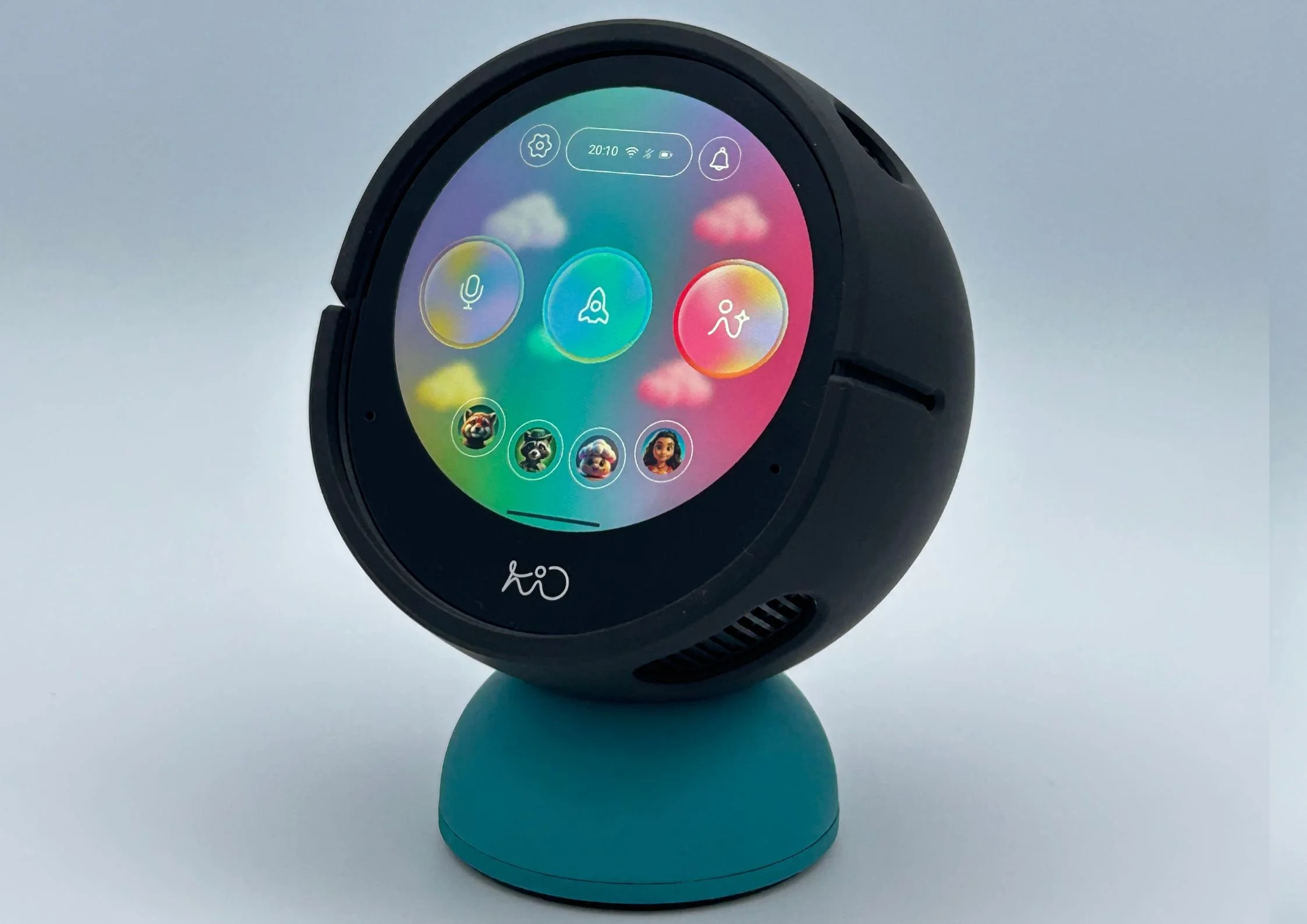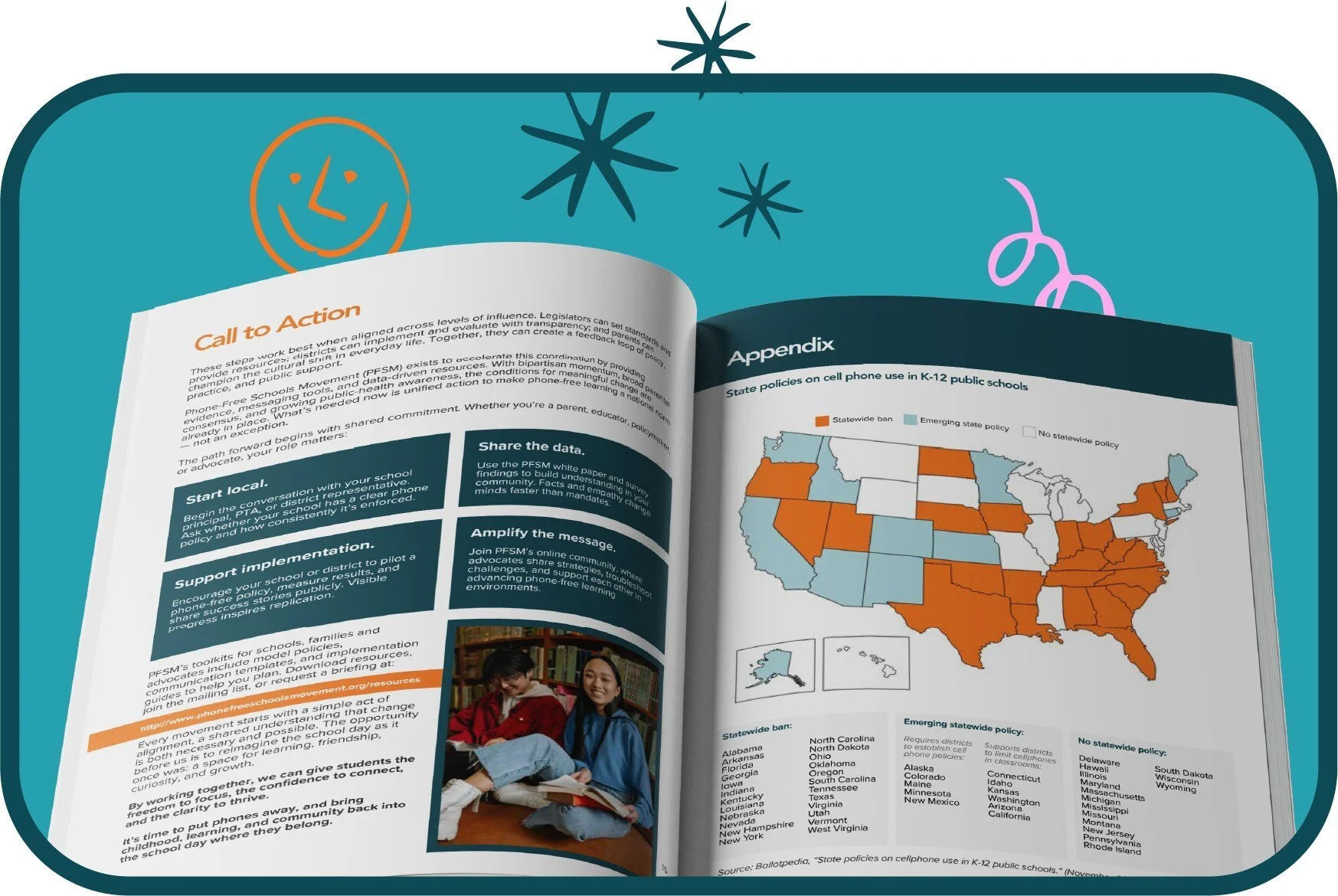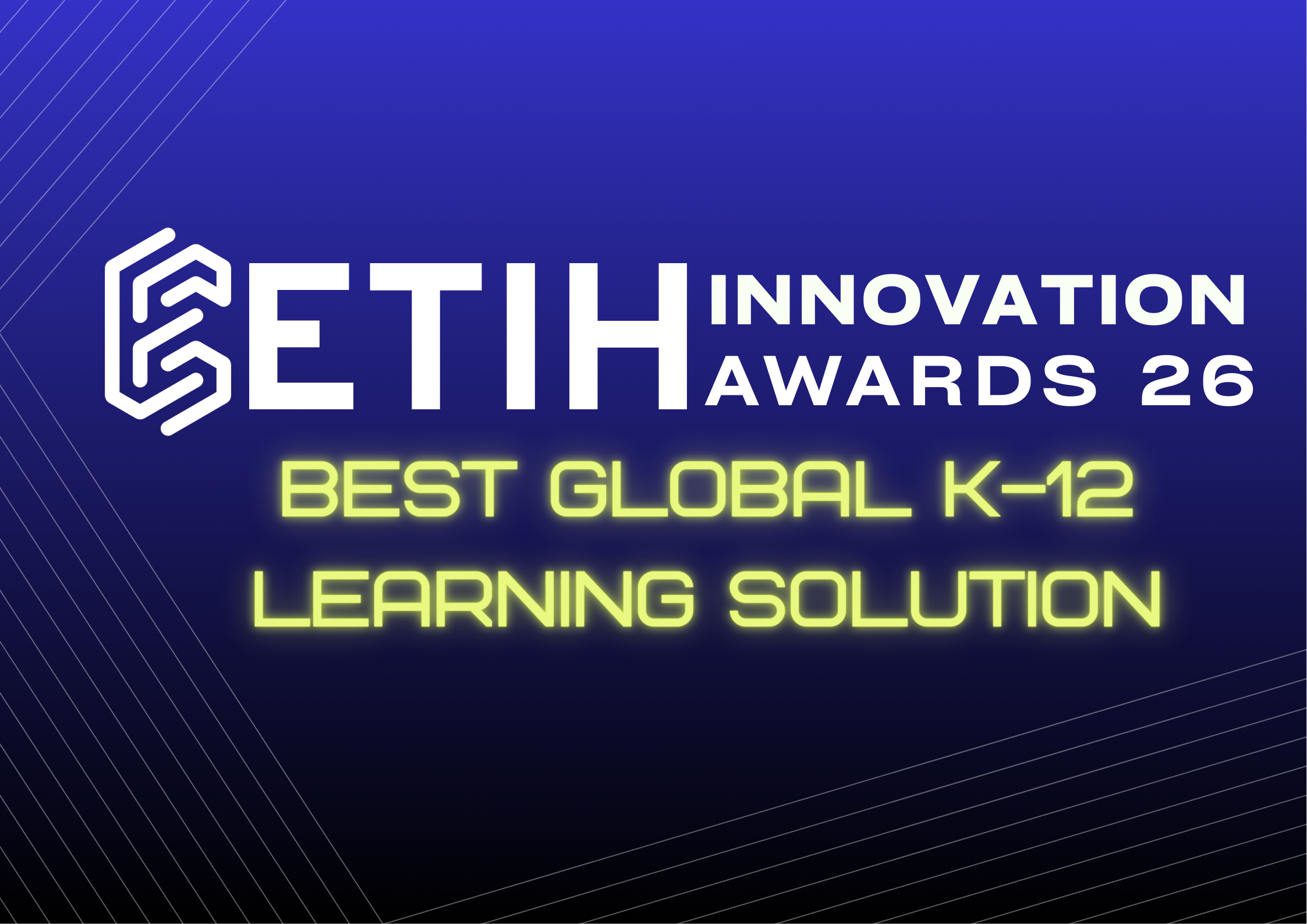Microsoft launches new Teach AI tool in Copilot app to mixed reviews from educators
Microsoft has expanded its education portfolio with the global rollout of Teach, a new AI-powered feature inside the Microsoft 365 Copilot app. The module, available to all Microsoft 365 Education users, aims to simplify lesson planning, assessment design, and curriculum alignment for teachers.
Mike Tholfsen, Principal Group Product Manager for Microsoft Education, announced the launch on LinkedIn: “The new AI-powered ‘Teach’ module is now rolled out in the Microsoft 365 Copilot app — available for ALL educators globally. Just sign in with your M365 Educator login, go to the Microsoft 365 Copilot app, and you should see ‘Teach’ — AI-powered teaching and learning for all Microsoft 365 education customers.”
According to Microsoft’s official education blog, Teach is designed as a guided content creation environment where teachers can generate or adapt learning materials using natural-language prompts. The system helps educators create lesson plans, rubrics, flashcards, and soon, quizzes — all mapped to education standards from over 35 countries.
Key features now available include:
Lesson planning tools for generating standards-aligned content across multiple subjects and grade levels.
Rubric and quiz creation to support formative assessment design.
Modify content options that allow teachers to adjust materials from prior years, update reading levels, and differentiate instructions for varied learners.
Align to standards, which adapts uploaded materials to meet specific national or regional frameworks.
AI feedback summaries to assist teachers in crafting or refining written comments for students.
Microsoft said Teach is rolling out across web, Windows, and Mac versions of the Microsoft 365 Copilot app, with expanded integration planned for Classwork in Microsoft Teams and OneNote Class Notebook later this year.
Educators test new tool, raise concerns over pedagogy
While Microsoft framed Teach as a time-saving companion for educators, early user testing has sparked debate over how AI-generated materials fit into classroom practice.
Dr Will Van Reyk, Deputy Head and Director of Innovation at St Paul’s Girls’ School in London, shared his first impressions in a LinkedIn post titled A Cautionary Tale: Microsoft’s New ‘Teach’ Module and the Hollow Promise of AI Lesson Planning.
After prompting the system to design a history lesson on the causes of the First World War, Van Reyk wrote: “The AI lesson plan is largely descriptive and expository, positioning students as passive learners. The focus is almost entirely on the content to be delivered.”
He said the draft lesson reinforced “teaching as information delivery, with very little opportunity for students to think as historians,” adding that there was “almost no focus on the learner at all” and “checks for understanding are entirely missing.”
Van Reyk also tested the student-facing Study and Learn mode, which Microsoft describes as an interactive feature to help learners review content and practice with flashcards, quizzes, and study guides. His reaction was equally skeptical: “From a quick test, I could not see that selecting this mode did anything meaningful at all. Copilot simply answered my questions, again ‘studying and learning’ being interpreted purely as information delivery.”
He warned that this pattern reflected a broader issue across generative AI education tools: “This is what happens when pedagogy is left to big tech. It reminds us that teachers must remain at the centre of how educational technology is developed and used. If we are not, we risk ending up with systems that replicate a very narrow and outdated model of teaching, dressed up in new AI packaging.”
Van Reyk argued that such tools could have long-term consequences for both learners and the workforce if they fail to promote independent thinking. “We need students who know how to think for themselves and who know how to work intelligently with AI. Tools like Copilot ‘Teach’ will lead to a generation whose education leaves them with no valuable skills for the workplace of the future,” he wrote.
Calls for co-design and educator collaboration
Other educators have echoed the need for more teacher input rather than dismissal of AI-assisted tools. Responding in the comments, Abiodun Samuel, a UK physics teacher and Microsoft Certified Educator, acknowledged both the limitations and the potential. “I agree that the current version of Copilot’s ‘Teach’ module misses key elements of effective pedagogy, particularly student-centred learning and formative checks for understanding,” he wrote.
Samuel suggested that Teach could still serve as a framework for teachers to build upon: “It offers raw structure that can be enriched through a teacher’s professional insight.”
He also emphasized that Microsoft could improve the system by drawing from its existing educator training framework. “I hope future iterations will involve educators with hands-on MCE experience to embed these principles into the system’s prompting and planning logic,” he added.
Samuel concluded: “This first attempt is imperfect, but it signals progress. With genuine educator input, it could evolve into a tool that truly supports learning rather than automates teaching.”
The mixed reaction to Teach reflects a wider tension in AI’s role in education b,etween reducing workload and maintaining pedagogical integrity. While Microsoft has positioned Teach as a flexible, standards-aligned assistant for educators, early tests show that the tool’s value will likely depend on how teachers choose to adapt and contextualize its output.




